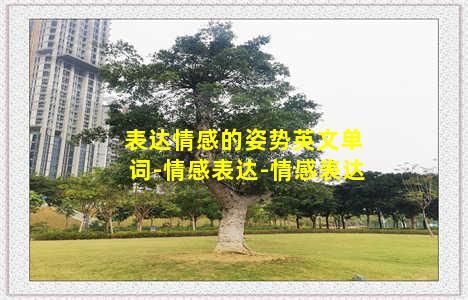
Body language is a powerful tool that humans use to communicate their emotions, feelings, and attitudes. Through postures, gestures, and movements, people express not only their words but also their deepest emotions. The way we hold ourselves can convey an array of emotions from confidence, happiness, and love to fear, sadness, and anger. In this article, we will explore the different postures that help us to express our emotions.
Confident posture
When a person is confident, their body will reflect it. A confident posture is characterized by an upright and tall stature. A person with a confident posture stands or sits up straight, shoulders back, and chest out. It conveys the idea that the person is comfortable in their skin, and they have a sense of self-assurance.
Happy posture
A happy posture is one that embodies enthusiasm and joy. A person with a happy posture often bounces on their feet, holds their arms wide open, and has a broad smile on their face. This posture is contagious and draws others to the person. The body language exuded by a happy person can lead to a feedback loop, where the more people enjoy their company, the more happiness they feel.
Love posture
A person's posture can also reflect the emotion of love. A love posture typically features a person leaning towards the other, maintaining eye contact and smiling. This posture can reflect the person's appreciation for the other and the warmth they feel when they are around them. Love posture is a common display of affection between couples and is often seen at weddings and other romantic occasions.
Fear posture
While happiness, confidence, and love are positive emotions that people like to express, fear is an emotion that people often try to hide. However, fear posture is essential to understanding how to recognize fear in others. A fear posture is usually characterized by an inward curling of the body, a lowering of the chin, a tremble of the hands, and the head moving forward. It is an instinctual response of the body to danger, and it helps to prepare the individual to defend themselves.
Sad posture
Like fear, sadness is another emotion that people often try to hide. However, it is essential to recognize when others are feeling down so that one can give them support. A sad posture is characterized by a slumping of the shoulders, a downward gaze, and the individual noticeably lowering their chin. This posture conveys a sense of dejection, vulnerability, and sorrow.
Anger posture
Finally, we come to anger posture. Anger is an emotion that can be quickly picked up from a person's body posture. An angry posture is characterized by an increase in muscle tension, a narrowing of the eyes, and a reduction of the height of the individual. Moreover, they may clench their jaw or fists, and their breathing rate will increase. This posture prepares the individual for a confrontation and helps them to control their environment.
Conclusion
In conclusion, the language of body postures is an essential tool for understanding how to communicate with others. By understanding the posture that accompanies a particular emotion, we can better understand what a person is feeling and tailor our approach accordingly. Therefore, mastering different postures is an essential aspect of our social and emotional intelligence. The ability to read postures can help individuals navigate social situations and form positive connections with others.
